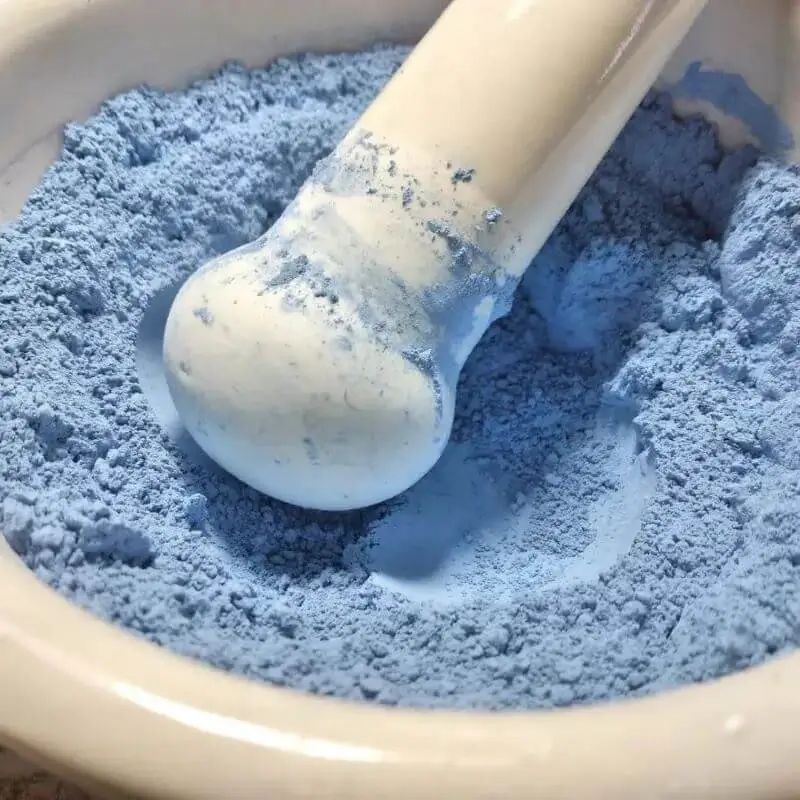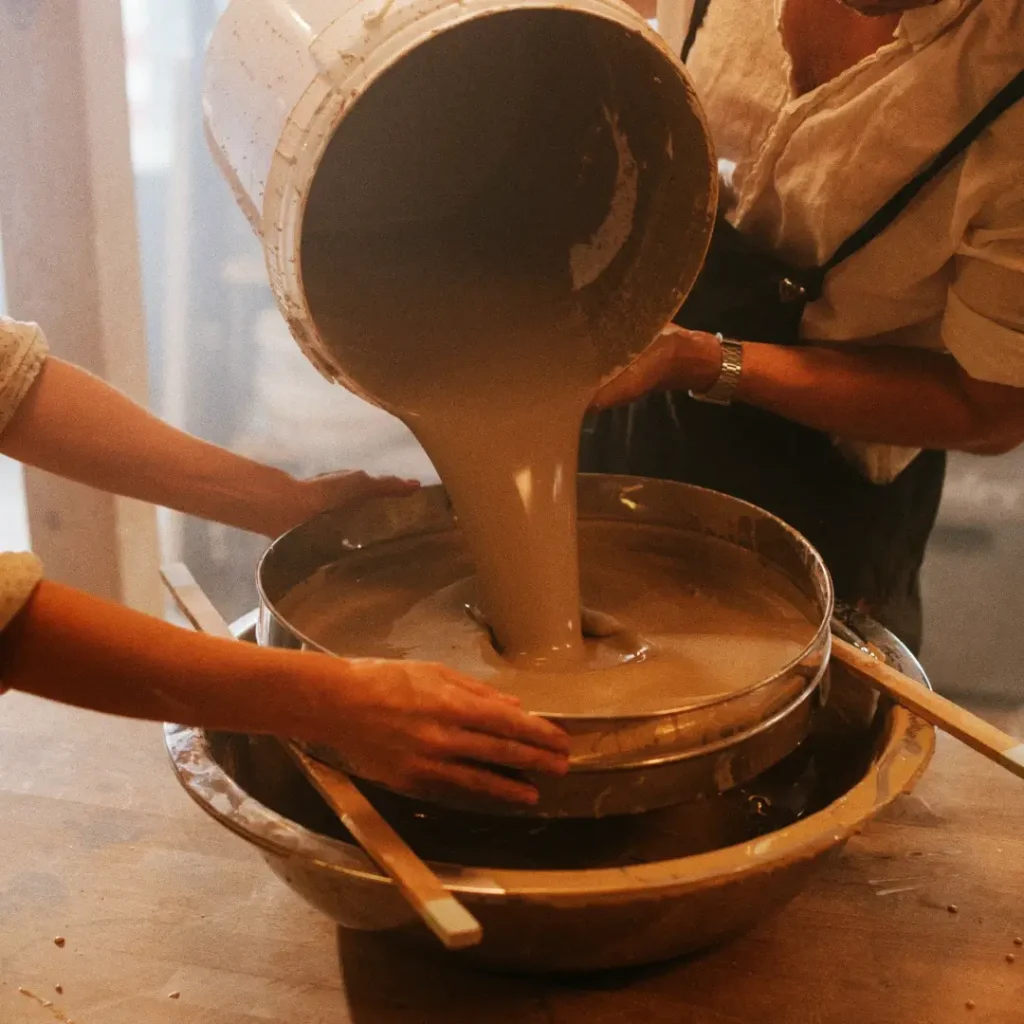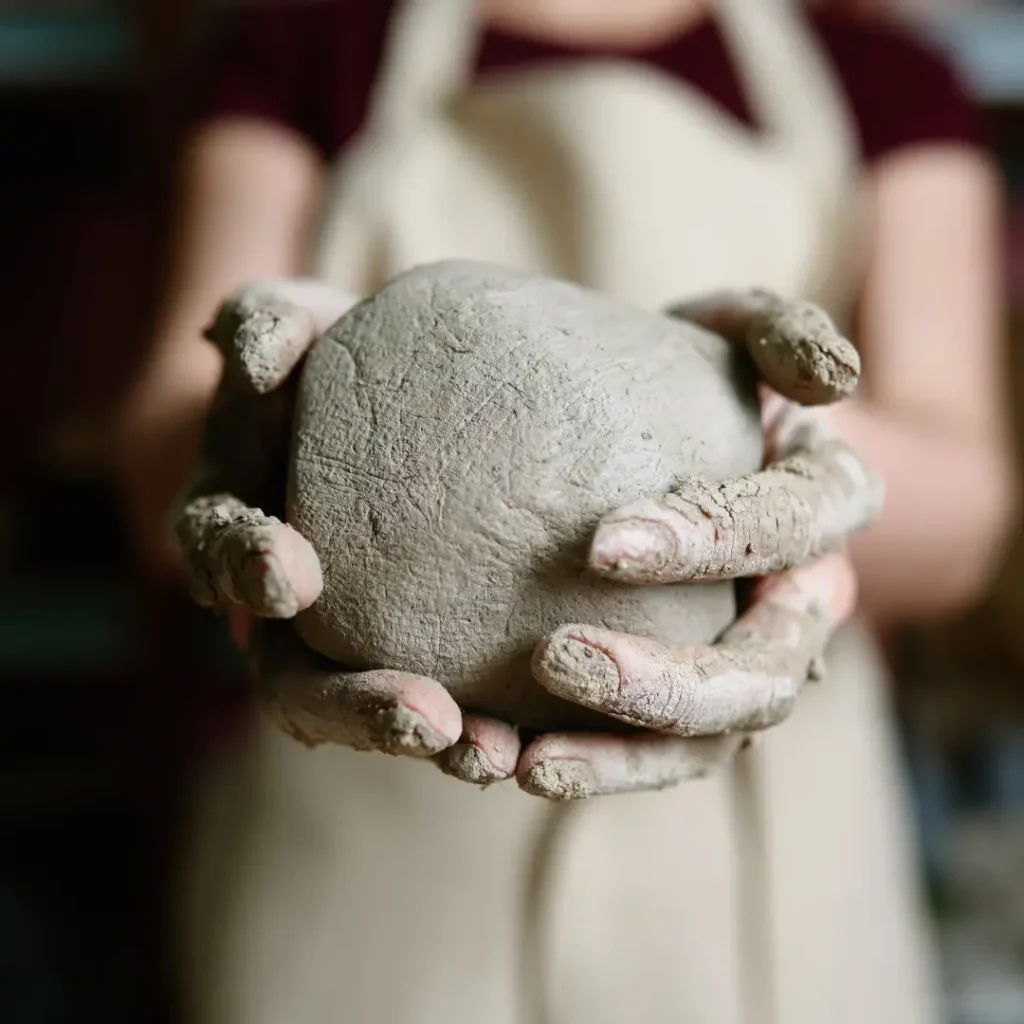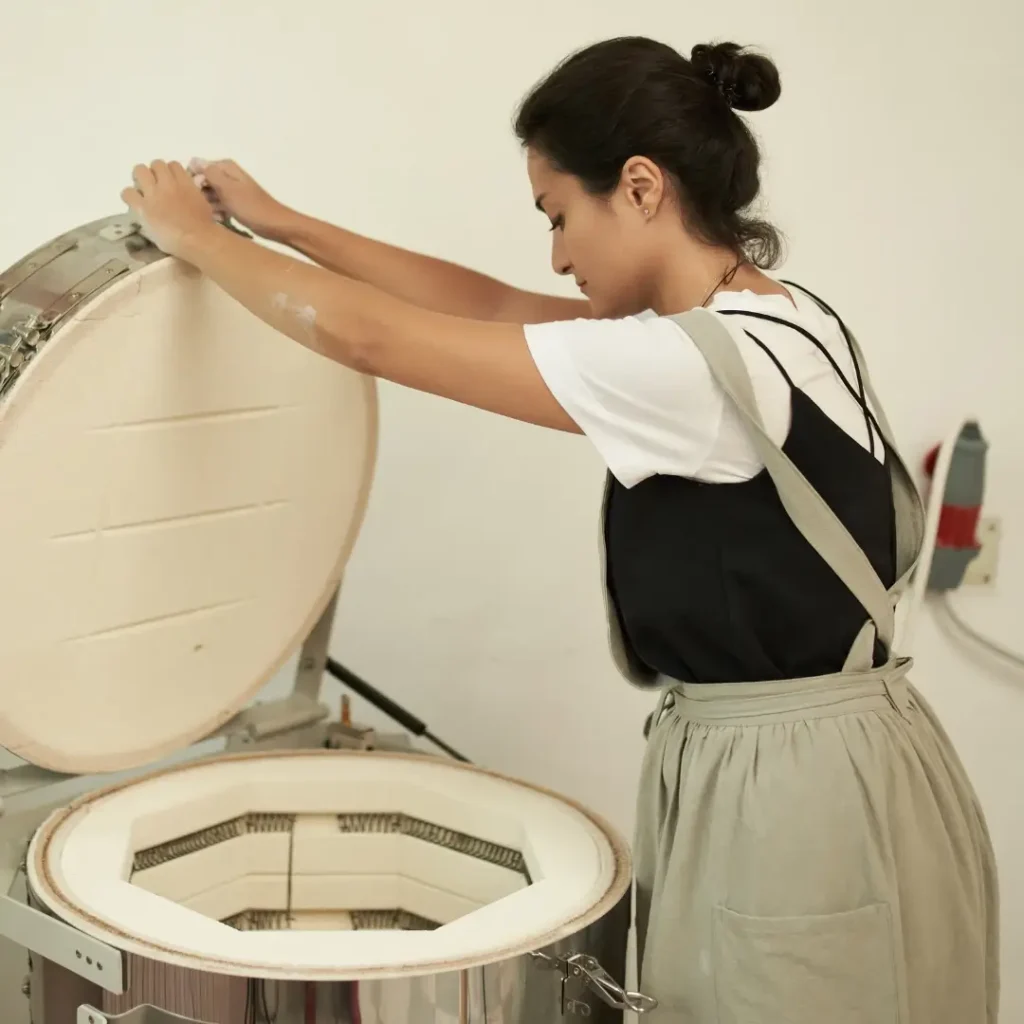What to Wear to Pottery Class: Essential Tips for Comfort and Safety
Attending a pottery class can be an exciting adventure, but knowing what to wear can make a world of difference. Selecting the right outfit not only ensures your comfort and safety but also enhances your overall experience. Read on to discover practical tips that will help you choose the perfect attire for your pottery sessions.

- Choosing the Right Clothing for Pottery Class
- Why It's Important to Avoid Jewelry and Accessories
- Best Footwear Options for Pottery Class
- Protective Gear You Should Consider
- Tips for Maintaining Hair and Nails During Pottery
- Additional Items to Bring to Ensure a Smooth Experience
- Common Mistakes to Avoid When Dressing for Pottery Class
Choosing the Right Clothing for Pottery Class
When deciding what to wear to pottery class, comfort and practicality should be your top priorities. Pottery classes can be messy, so select items that you won’t mind getting dirty. Opt for loose-fitting, breathable clothes that allow freedom of movement. This will help you maneuver the clay and pottery wheel with ease. Avoid wearing your favorite or brand-new outfits; instead, choose older garments or those specifically set aside for such creative activities.
Layering is another effective strategy. A light, long-sleeved shirt can protect your arms from clay splatters while remaining flexible. If you’re worried about getting too warm, you can always remove a layer. Refer to the next sections for more details on why avoiding jewelry and choosing the appropriate footwear are equally important in enhancing your pottery experience.
In the end, the key is to dress in a way that maximizes your comfort while minimizing any potential distractions. Keep reading to discover more specific tips on how to complete your perfect pottery class outfit!
Why It’s Important to Avoid Jewelry and Accessories
Wearing jewelry and accessories might seem harmless, but they can pose several issues in a pottery class. Firstly, rings, bracelets, and necklaces can get in the way while you’re working with clay, leading to uncomfortable situations and even potential injuries.
Additionally, clay can get trapped in the nooks and crannies of your jewelry, causing damage and making it difficult to clean. Think about your favorite bracelet or cherished necklace—it’s best to leave these items at home to avoid any risk.
Another reason to avoid wearing jewelry is hygiene. Pieces can collect clay residue, water, and dust, making them a breeding ground for bacteria. Plus, items like dangling earrings can easily get caught or pulled, which might result in a painful experience. For a complete guide on suitable clothing and protective gear to wear, continue reading the next sections of our article.
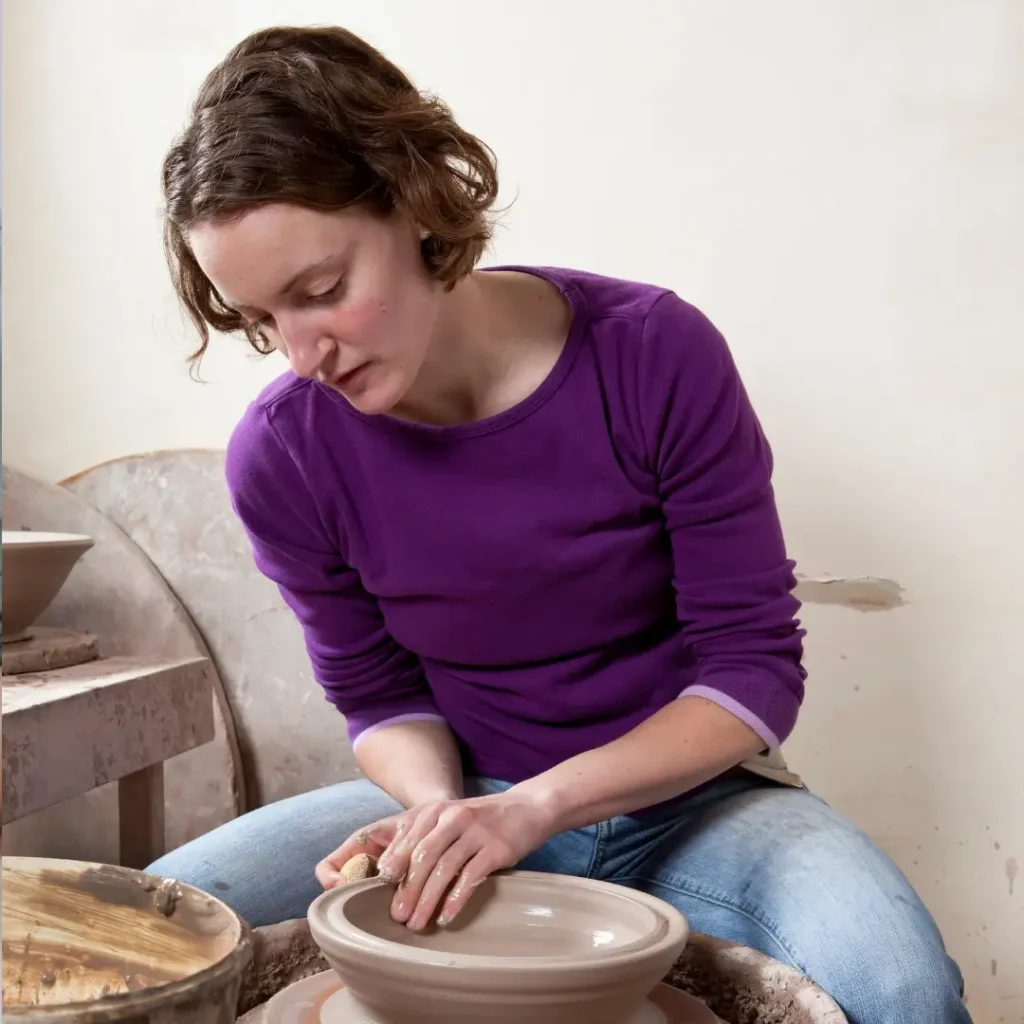
Best Footwear Options for Pottery Class
Choosing the right footwear is a key aspect of what to wear to pottery class. Since pottery can be a messy activity, opting for shoes that you don’t mind getting dirty is essential. Preferably, select closed-toe shoes to protect your feet from clay and any tools or materials that might fall.
Avoid wearing sandals or flip-flops, as these can expose your feet to potential harm. Instead, consider shoes with a firm grip and non-slip soles to ensure stability and safety while you move around the studio. Older athletic shoes, such as sneakers, often work well because they provide comfort and can handle a bit of wear and tear.
Additionally, it’s beneficial to have a pair designated just for your pottery classes. This way, you can keep your regular footwear clean and maintain a consistent routine. As you read on, you’ll find more tips that align with the overall theme of preparedness and safety for your pottery sessions.
Protective Gear You Should Consider
When planning what to wear for ceramics workshop, incorporating protective gear is a smart move. One essential item is an apron, preferably a potter’s apron made of heavy-duty fabric. This helps in keeping your clothes free from unavoidable clay splatters and spills.
Consider using arm protectors or sleeves if you prefer short-sleeved shirts but still want to keep your arms clean. These are particularly useful during intense wheel-throwing sessions. Additionally, having a pair of gloves can protect your hands if you have sensitive skin or if you’re working with particularly coarse clay.
For those with long hair, a hair tie or headscarf is vital. Keeping your hair securely tied or covered ensures it doesn’t fall into your work, maintaining both cleanliness and safety. As you read on, you’ll find how maintaining hair and nails can further enhance your pottery experience.
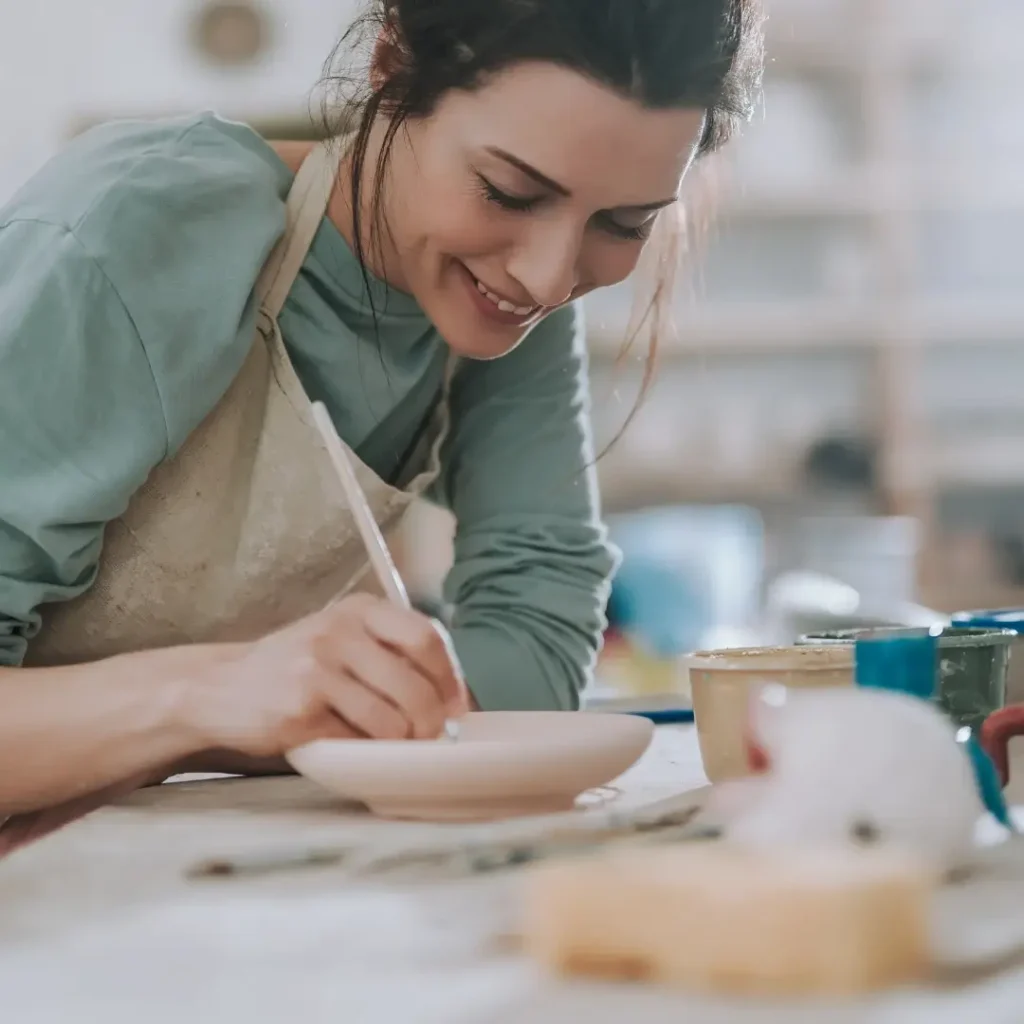
Tips for Maintaining Hair and Nails During Pottery
Maintaining your hair and nails properly is crucial. Long hair can be a distraction and even a hazard if it gets caught in the pottery wheel. Use a hair tie, headband, or headscarf to keep your hair neatly tied back and away from your face, ensuring better focus and hygiene.
Nails are another point of consideration. Long nails can make it challenging to mold the clay and might also break or chip during the process. Trim your nails short before attending the class to make handling the materials easier and safer. If you prefer keeping your nails long, consider wearing protective gloves mentioned in the previous section to provide a barrier.
Choosing materials like non-slip grips for your hair accessories can further ensure that they stay in place throughout your session. By taking these steps, you’ll be more comfortable and less distracted, letting you focus on creating your masterpiece. For more tips on what additional items to bring to your class, keep reading the next sections of our article.
Additional Items to Bring to Ensure a Smooth Experience
In addition to planning the appropriate attire for pottery class, bringing a few extra items can greatly enhance your experience. Consider packing a towel or cloth to clean your hands and tools easily. Wet wipes can also be handy for quick clean-ups.
A reusable water bottle is essential to stay hydrated, especially if your class runs for several hours. You might also want to bring a notebook and pen to jot down any techniques or tips you learn during the session. Having a dedicated notebook for pottery can help you track your progress and remember important details.
Finally, if you have sensitive skin, bringing your own moisturizing lotion can be beneficial. Clay and constant contact with water can dry your skin, and a good moisturizer can help keep your hands soft and comfortable. Continue reading to learn about common mistakes to avoid, ensuring a trouble-free pottery session.
Common Mistakes to Avoid When Dressing for Pottery Class
When deciding what to wear to a ceramics studio, it’s crucial to avoid several common mistakes that can hinder your experience. One of the biggest errors is wearing tight or restrictive clothing. Such attire limits your range of motion and can make it difficult to work with the clay effectively.
Another frequent mistake is choosing clothes that you are afraid of ruining. Pottery can be messy, and you should expect some clay splatters. Wearing your best or most expensive clothes is a recipe for disappointment. Instead, opt for garments you don’t mind getting dirty.
Avoid wearing open-toed shoes or sandals, as they leave your feet exposed to sharp tools, falling clay, and other hazards in the studio. Finally, refrain from bringing unnecessary accessories or jewelry since they can get in the way and potentially become ruined during the class. By steering clear of these common pitfalls, you can focus more on enjoying and honing your pottery skills.
Engobe: The ceramic technique that will give life to your pieces.
Colored Slip vs Underglaze: Understanding the Differences and Applications
